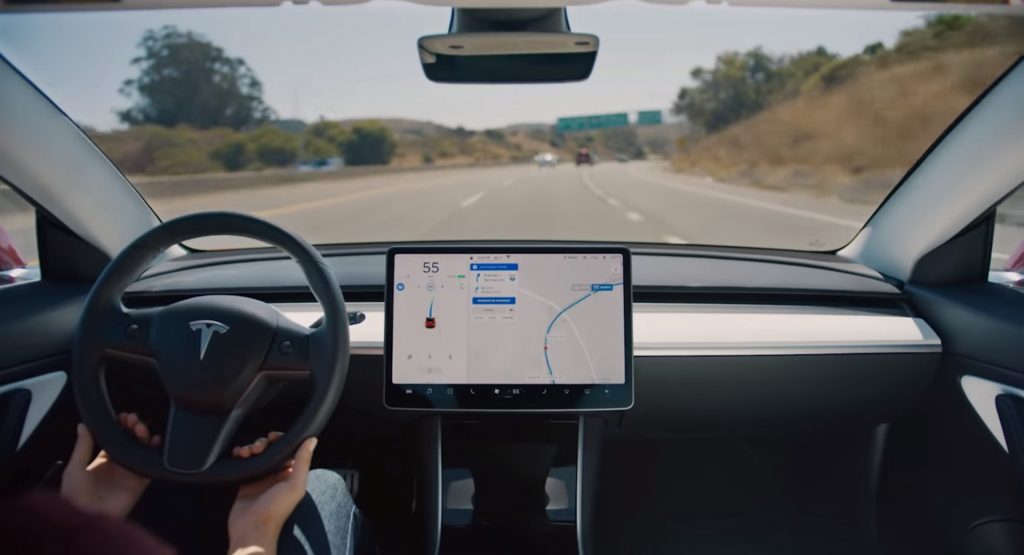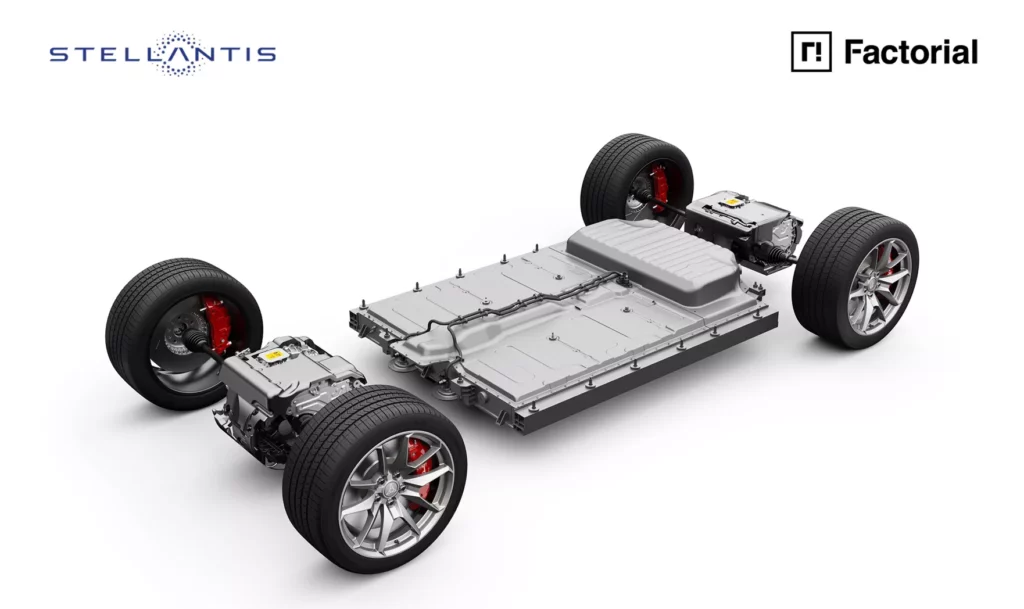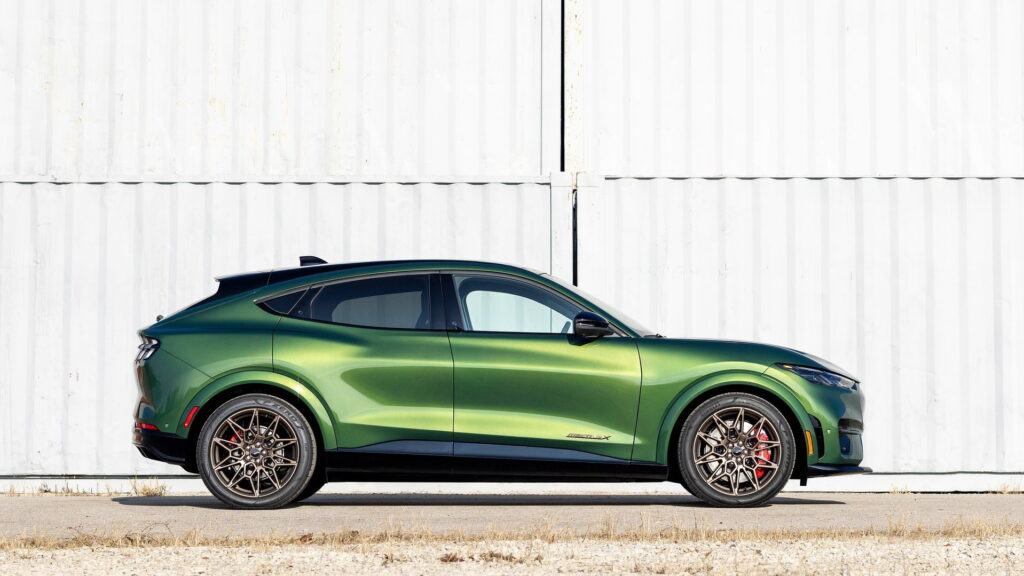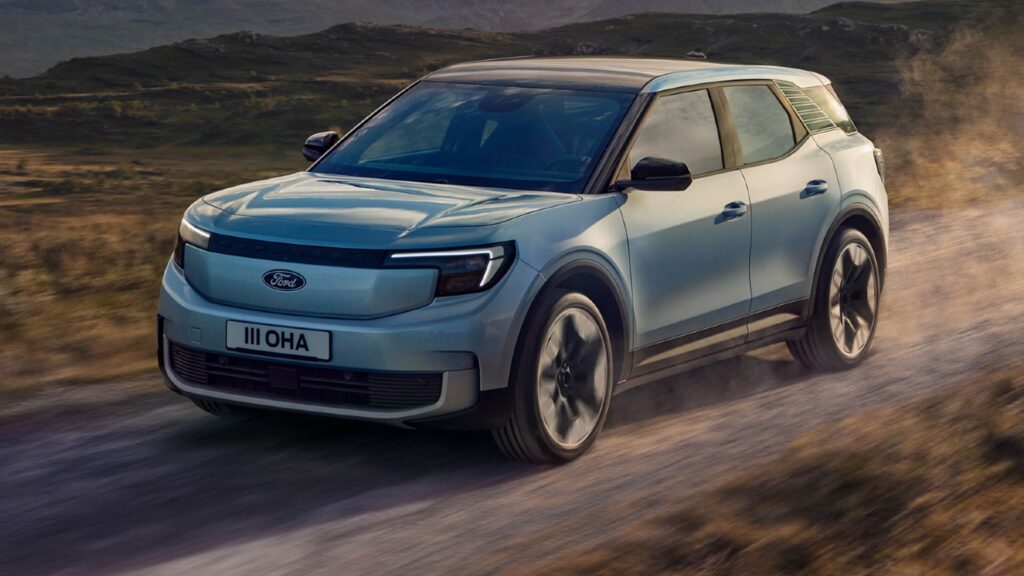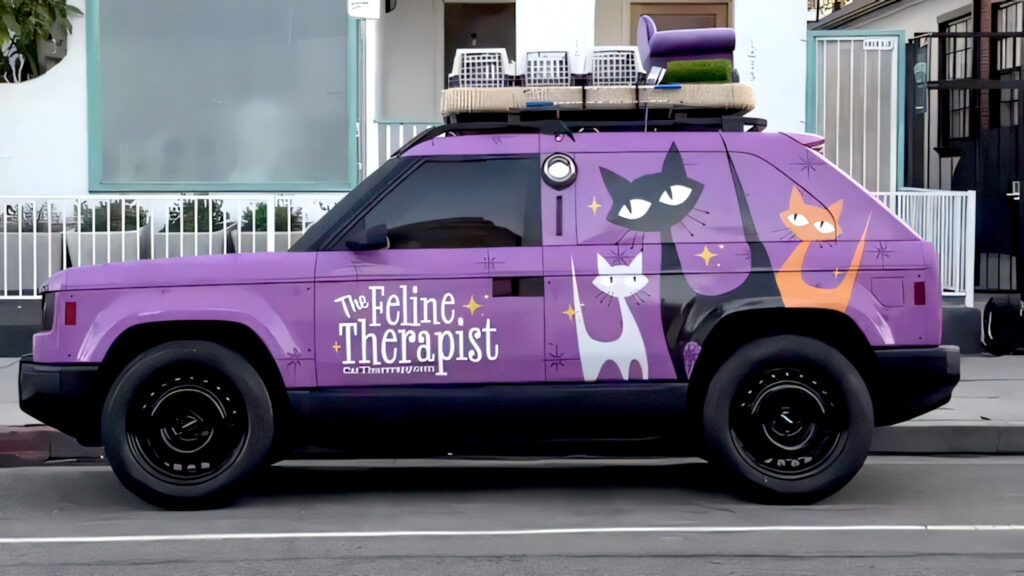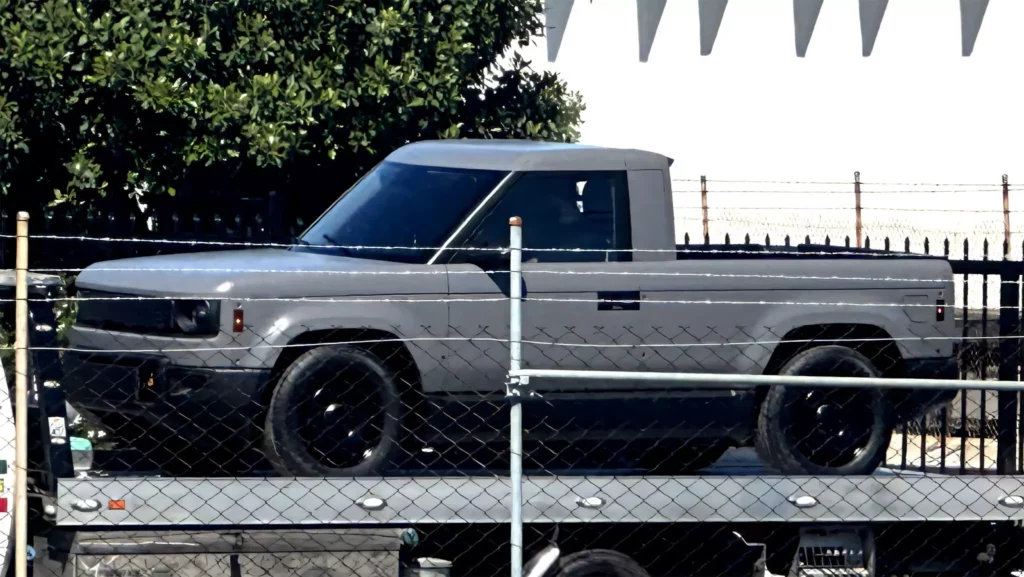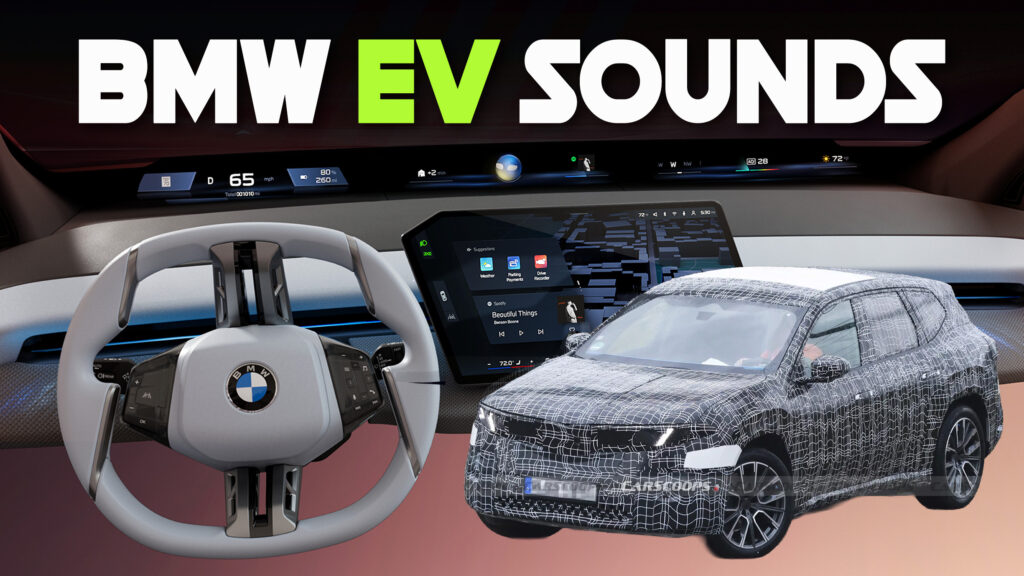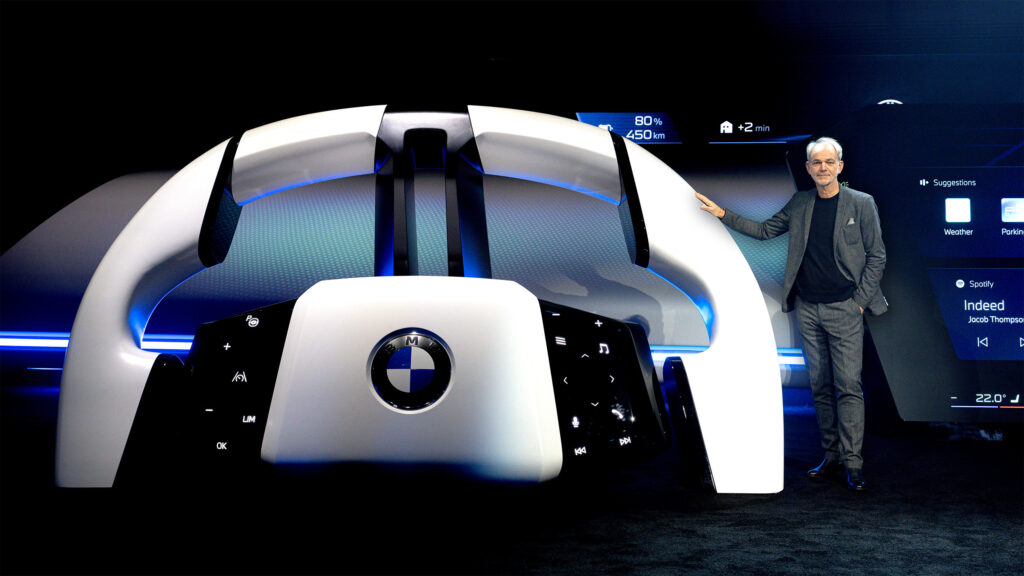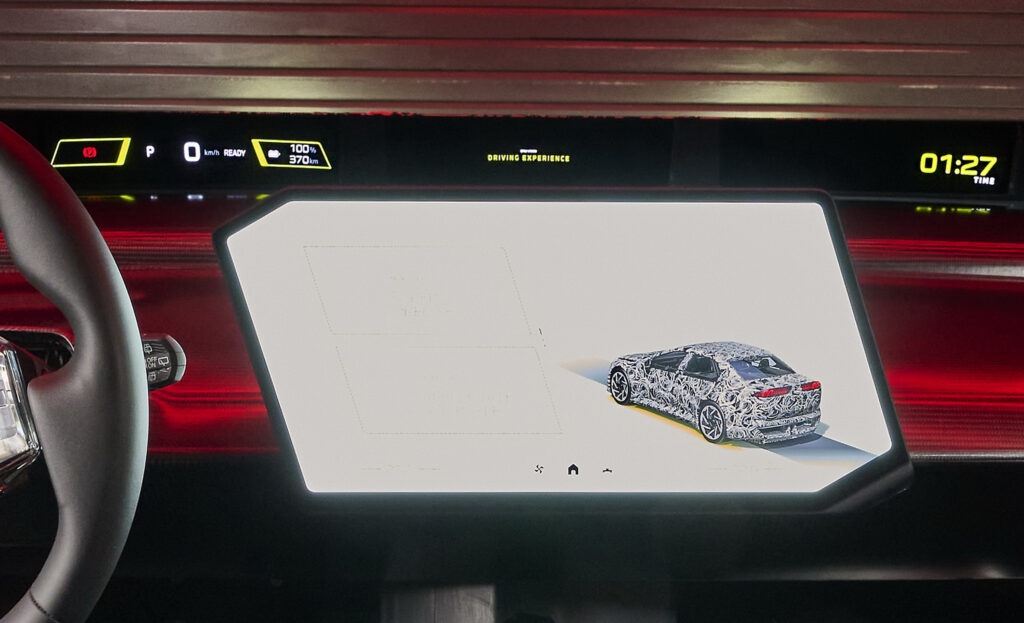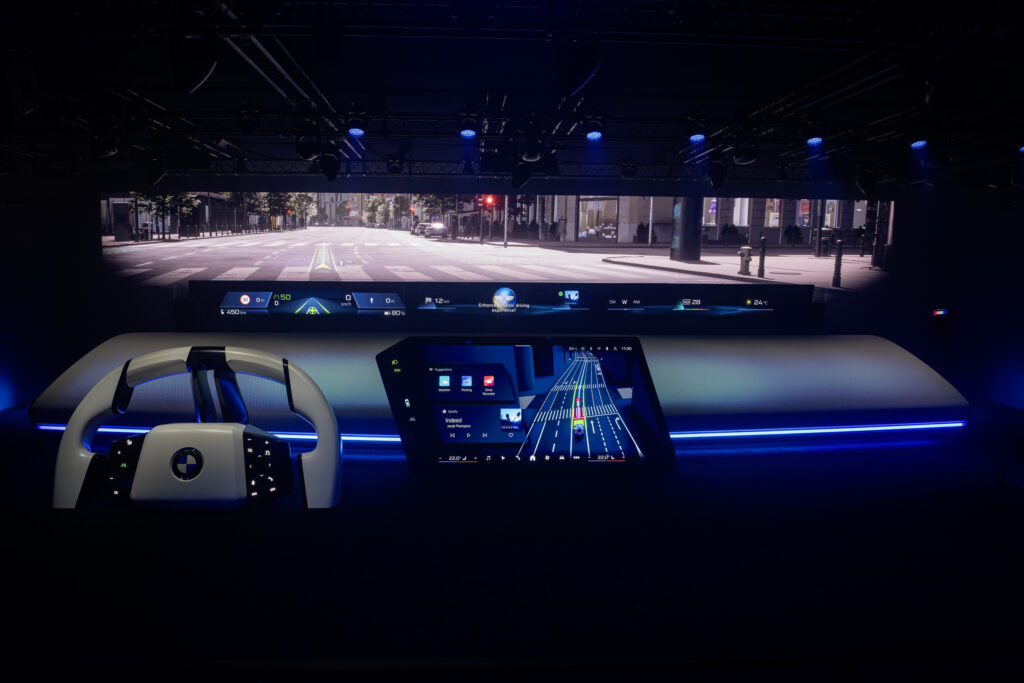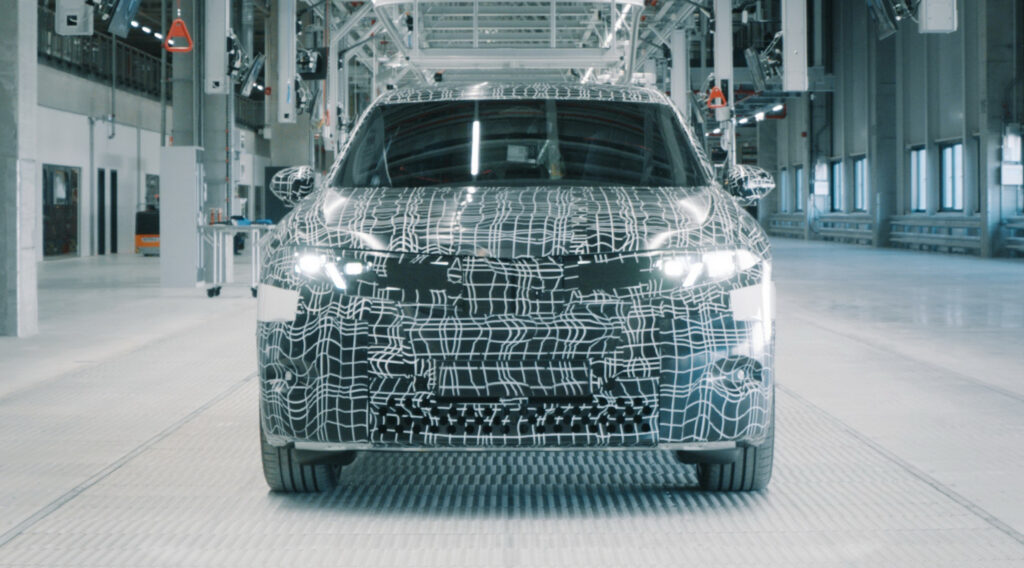Two school districts are providing examples of how utilizing a unified software solution simplified their school transportation operations.
Busology Tech shared during a webinar it sponsored Thursday that the company has 25 years in the student transportation industry and seen 500,000 students transported safely. Abu Batasi, director sales and marketing, noted the top four sources of chaos for pupil transporters today are driver shortages, safety concerns, budget constraints, and data sync.
Contributing to the driver shortage and inefficient routes are low wages, training requirements, competition, and an aging workforce, he explained. Not only must districts design school bus routes for changing populations and sprawling geographic areas, but they must also stay nimble enough to respond to daily real-time changes like traffic, weather, student absences.
According to a 2006 study published in the Journal of the American Academy of Pediatrics, an estimated 17,000 children are treated in emergency departments each year for school bus–related injuries, proving that student safety is a top concern, Batasi explained.
Student transporters are no strangers to budget constraints but rising operational costs and technology limitations make it harder to balance on-time performance with cost-effectiveness while also providing safe service, Batasi noted. To deal with this, he suggested school districts can leverage state funding opportunities, communicate value with critical stakeholders, and take a phased approach rather than implementing an entire tech stack at once.
He further explained that siloed systems, inconsistent data, manual processes, and delayed or irregular data synchronization can cause lag and outdated information, while aging infrastructure can lead to maintenance issues related to backlogs and data gaps.
“It’s like having a command center at our fingertips.”
– Robert Young, Director of Transportation, Thomas County School District (Ga.)
Having true oversight over routing gives transportation managers the space to respond appropriately in any of the varied day-to-day situations they face, said Diego Crespo, Busology Tech’s director of onboard technology. He said a good routing solution will help staff visualize and optimize routes while utilizing full driver availability and communicating appropriately to parents.
“Enabling good, streamlined communication will avoid unnecessary frustration and have a positive impact on efficiency and safety,” he said.
Quick and reliable information equals safety and efficiency, he noted. He shared examples of how driver, parent and administration apps – when supplied with the correct information and continually updated – help keep tabs on what students need to go where and when, as well as reducing calls to transportation.
Crespo said the right technology for transportation should act as a “human force multiplier” so staff does not need to do repetitive or extra work. “Look for vendors who can help you get where you need to be today without losing sight of tomorrow,” he added.
School Districts Share Experiences
Dr. Frances Esparza, superintendent for Coachella Valley Unified School District in Southern California, shared that districts with large service areas can require a switch from a previous manual routing solution. She said Busology was chosen as an easy solution for Coachella Valley that all transportation staff are being trained on.
“We chose a company that was able to support our need because it was huge,” she said.
She agreed with Crespo that community understanding is key to a successful implementation, such as in the case of scanning students on the bus. This is currently done with RFID cards, but she said the district may switch to a more convenient QR code carried on students’ cellphones. In response to parental concerns, a routing technician will also be on standby to answer questions about bus arrival.
“Having a unified platform with Busology has been a gamechanger for us,” added Robert Young, director of transportation for Thomas County School District in Georgia. “It’s like having a command center at our fingertips. … We can respond faster, make more informed decisions, and support our drivers, parents and schools with greater confidence.”
He said a big draw for him was how technology has evolved and especially how parent communications provide transparency and ease of use. “Parents feel connected and informed – and in today’s world, that matters more than ever,” he added.
He confirmed that call volume and missed pickups have dropped significantly, freeing up staff to complete other essential tasks. “Saving time is something every director needs in their life,” he said.
As many staff members must take turns driving a school bus due to a driver shortage or outages, Young noted that it’s easier for substitute drivers to drive routes when all the information they need is readily made available. He added that AI tools can create routes with bus stop times and assign students to routes, which has saved time as staff deal with student rider changes.
Related: (STN Podcast E252) Onsite at STN EXPO East in Charlotte: School Bus Technology Interviews
Related: Gallery: Ride & Drive Caps Day of Technology Demos, Green Energy Panels
Related: Innovative, Bus Technology Meet for Immersive Experience at STN EXPO East
Related: (STN Podcast E251) Making Safety Safer: Seatbelts, Technology, Training & Electric School Buses
Melissa Beveridge, director of client services for Busology Tech, next discussed the benefits of using a single vendor for a seamless integration and workflow solution. It eliminates compatibility issues, allows for faster response times as transportation departments don’t have to wait for responses from various vendors, eliminates the need to spend money on many different tech solutions, provides a one-stop-shop for customer service, and frees up staff to focus on running operations and serving families.
Batasi and Beveridge noted that student information in the Busology platform is stored securely with updates quickly reflected and data hygiene made a priority.
Batasi extended an offer to listeners with over 20 buses in their fleets to get a custom roadmap from Busology based on their unique district operations and needs.
Watch the webinar on demand.
The post Districts Share How Unified Software Solution Simplifies School Bus Operations appeared first on School Transportation News.

